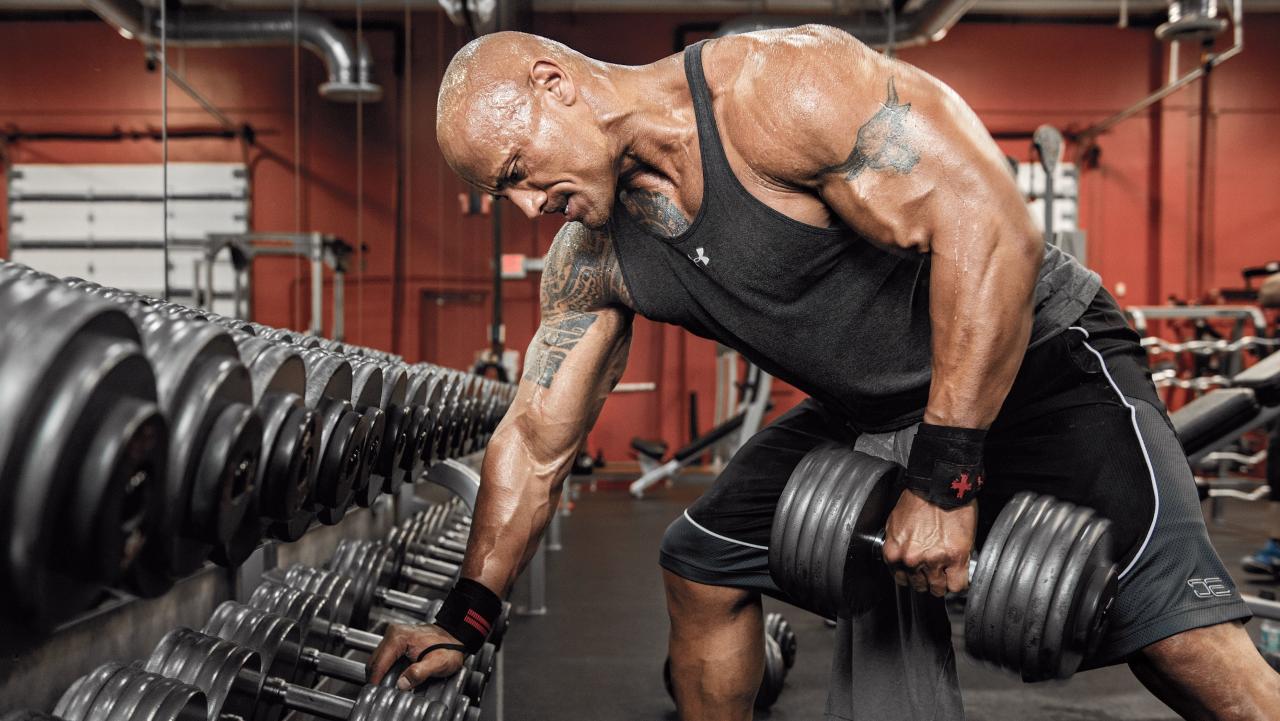
If you’ve been training for a while, you probably recognize that you prefer certain exercises. It is often very difficult to let go of this preference. This is a shame, because that choice is often based more on your personal preference or the belief that something has to be done this way. However, not so much on what is best for your body. Do not you believe me? Then explain why 9 out of 10 athletes usually start with the bench press during their chest workout, even if this causes shoulder complaints. This is simply because one has once been taught such a thing and is afraid that they will do it wrong otherwise. What are the right exercises for you is beyond this article. What we will do is explain to you which signals to listen to so you know it’s time for a new exercise! Experience the convenience and reliability of placing a Sustanon order in pharmacy, ensuring a seamless path to your fitness goals
LACK OF PROGRESSION
We wrote before that progression should be the driving force behind your training . Did you do sets of 10 with 80 kilos a year ago and is that exactly the weight you did yesterday? Then there is a good chance that this exercise no longer has much added value for you. Then it is time for a different approach. Of course, weight isn’t everything when it comes to muscle growth, but if there’s literally 0.0 progression, don’t expect your appearance to change much.
This fact also shows why strength training beginners need far less variety than they think. Starting with the most important basic exercises and sticking to them is best in most cases. In any case, this is better than trying a completely new schedule of your favorite athlete every week. As a beginner you can make progress in this way for a long time. Only when you run into many sticking points can you start to vary more.
For advanced strength athletes, it is of greater necessity to switch exercises regularly once progress appears to have stalled.
ORIGIN OF ACHES
Partly related to the previous point is the onset of aches and pains. When you train longer and get stronger, you get closer to your natural limit. Because you always ask the maximum of your body at the edge of its ability, injuries and minor aches and pains are also more likely to occur. This is especially true when you’re trying to break your PR from last week at all costs. That while your technique was actually not 100% anymore.
This means that if you are more advanced and train very heavily, it is important to listen carefully to your body. If you notice that an exercise is causing you discomfort, it is a wise time to switch to another exercise the next workout and build up more lightly.
‘STOPPING AT DISCOMFORT IS FOR SISSIES’, RIGHT?
You may now be thinking, “Feeling discomfort? Everyone has that from time to time and usually it’s good the next time!”. While this is partly true, it is often an omen that things are about to go wrong. A few times it still goes well, while the discomfort gets worse after that. Once you reach the stage where a muscle/joint/attachment really hurts, it’s often too late. Then switching an exercise will no longer solve the problem. With a bit of luck you just have to get some rest and focus more on recovery, but in the worst case you will incur a hefty injury that you are far from being rid of.
So always remember that bodybuilding is a marathon, not a sprint. It’s much more valuable to stay injury-free in the long run than to try a number of workouts in a row that PR that you actually can’t. So train with common sense and you will benefit from this in the long term! Are you hurt? Then choose an alternative.

YOUR WEAKNESSES REMAIN UNDERDEVELOPED
It is probably very recognizable: despite the fact that people clearly have strong and weak muscle groups, they continue to perform their training in such a way that those strong muscle groups always receive the most attention. Take the chest as an example, which usually gets much more attention than the back muscles. But also the side shoulder, which is often underdeveloped compared to the front shoulder head, is a good example.
Regardless of whether it’s a matter of ignorance or habit, it’s clear that continuing to do what you’ve always done isn’t going to improve your weaknesses. The calves are also a great example of this. The calves are always accused of not wanting to grow. At the same time, they are always (really always) done after your legday as the very last exercise. Of course, if you think about it logically, it doesn’t make sense. If you want to give a little more attention, this deserves priority in your training. This can mean doing an exercise earlier in your workout, adding more volume, or adjusting your exercise selection.
So when composing your training and choosing exercises, let go of your old beliefs and look at what your body needs. Is your triceps always the weak link in presses? Then make sure that your triceps get more attention and adjust your training accordingly!
YOUR EXERCISE CHOICE DOES NOT MATCH YOUR GOAL
You have been bulking on high calories for months and only trained with heavy compounds and a lot of weight. Now you have been in a fat loss phase for a while and you notice that your recovery and energy is slowly decreasing. Yet you would like to continue training the same as when bulking because you do not want to lose strength and find this the best exercise to do.
Although the thought is much better than what most do (read: turning strength training into a circuit training), you only keep this up to a certain extent. If your recovery is significantly lower and your injury sensitivity increases because you have less fat and fluid, the chance of injuries increases considerably. Especially if your training is not adapted to this.
That is why it is important to look at the phase you are in and what the goal is. You then adjust your exercise choice to this. So advanced in a fat loss phase, it is probably better to cut down on those very heavy squats and perhaps lean more towards leg presses or extensions.
MENTAL FATIGUE
Finally, it is of course important to see what your own preferences are. Continuing to do an exercise because you think you have to, when you actually hate it, isn’t going to help your motivation .
“Does this mean I can skip legday because I don’t like it?!”, no, it doesn’t mean that. What it does mean is that you perform exercises that work well, do not cause injuries and that you also enjoy performing. As soon as the passion disappears from your training, your effort is noticed or unnoticed less and less, so that progression eventually comes to a halt.
And based on these 5 methods, you now know when it’s time to replace an exercise in your schedule! So stop switching your schedule every 8 weeks, even while this schedule is still working fine, but instead listen to your body and let that guide you!
